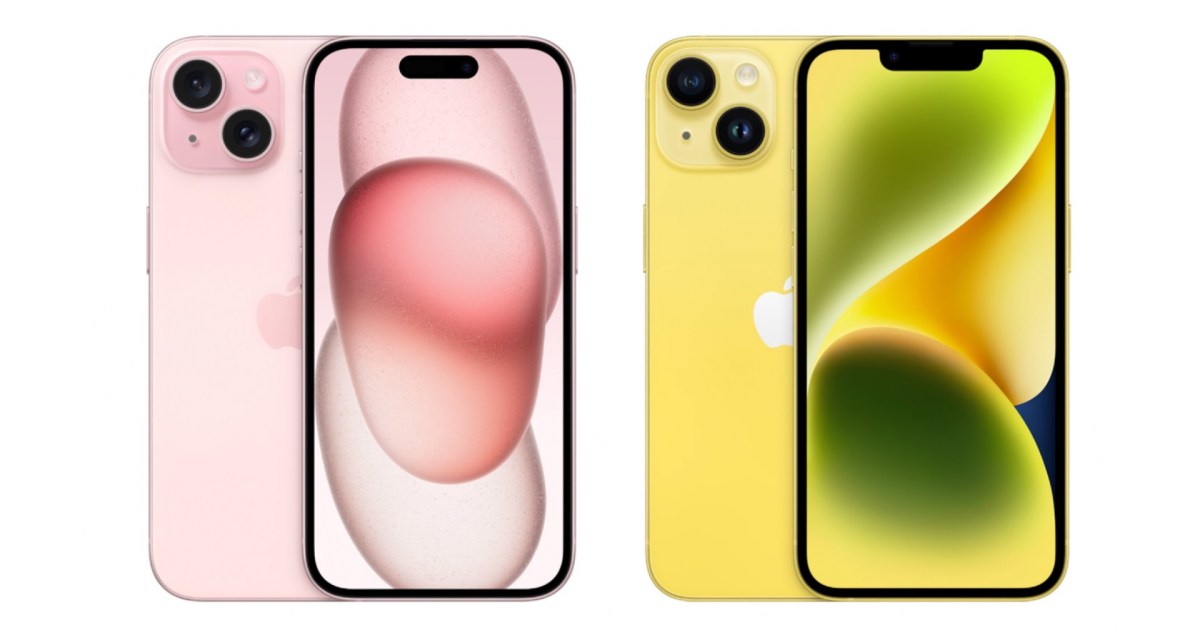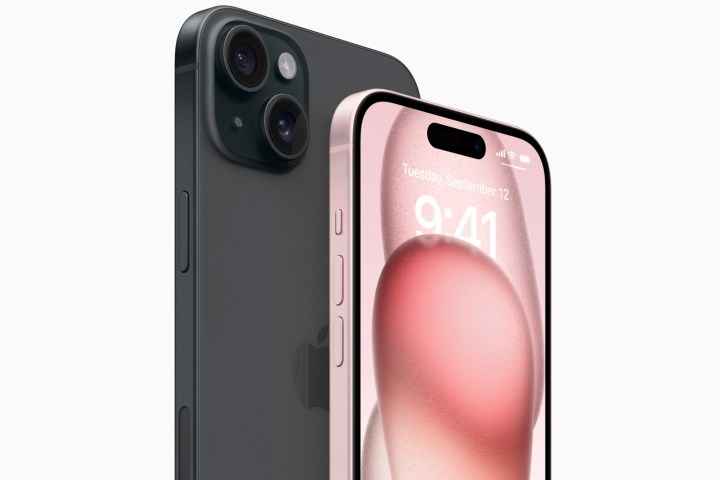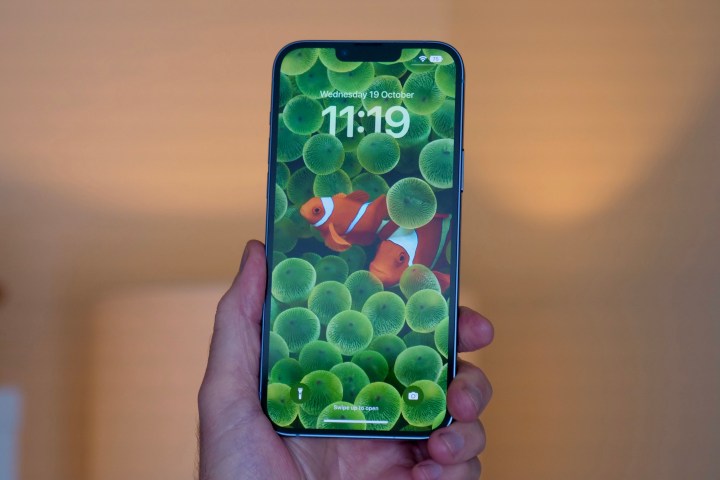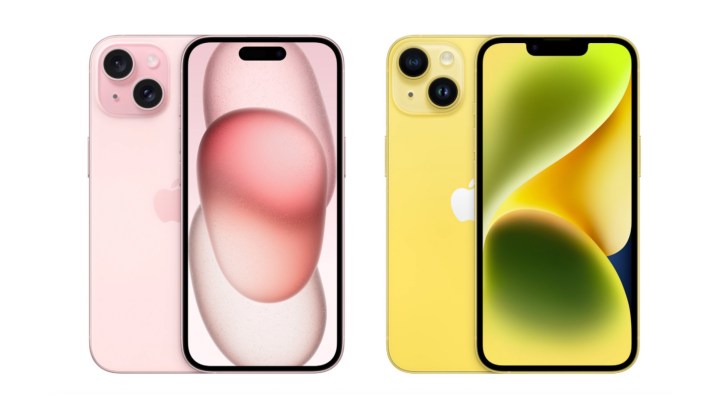
Apple’s new iPhone 15 packs a slew of upgrades that make the base iPhone more compelling than ever. While the iPhone 14 was a minor iterative update over its predecessor, Apple has gone all-in on the regular model this year.
Although you don’t get a ProMotion display, which is disappointingly still limited to the iPhone 15 Pro and Pro Max, there are plenty of upgrades to talk about. Here’s what you need to know if you are wondering about the differences between the iPhone 15 and the iPhone 14, and whether or not you should upgrade.
iPhone 15 vs. iPhone 14: specs
| iPhone 15 | iPhone 14 | |
| Size | 147.6 x 71.6 x 7.8mm (5.81 x 2.82 x 0.31 inches) | 146.7 x 71.5 x 7.8mm (5.78 x 2.81 x 0.31 inches) |
| Weight | 171 grams (6.02 ounces) | 172 grams (6.07 ounces) |
| Screen size | 6.1-inch Super Retina OLED | 6.1-inch Super Retina OLED |
| Screen resolution | 2532 x 1170 pixels (460 pixels per inch) | 2532 x 1170 pixels (460 pixels per inch) |
| Operating system | iOS 17 | iOS 16 (upgradeable to iOS 17) |
| Storage | 128GB, 256GB, 512GB | 128GB, 256GB, 512GB |
| MicroSD card slot | No | No |
| Tap-to-pay services | Apple Pay | Apple Pay |
| Processor | Apple A16 Bionic | Apple A15 Bionic |
| RAM | 6GB | 4GB |
| Camera | Dual-lens 48MP wide and 12MP ultrawide rear, 12MP TrueDepth front | Dual-lens 12MP wide and 12MP ultrawide rear, 12MP TrueDepth front |
| Video | 4K at up to 60 frames per second, 1080p at 240 fps | 4K at up to 60 fps, 1080p at 240 fps |
| Bluetooth version | Bluetooth 5.3 | Bluetooth 5.3 |
| Ports | USB-C | Lightning connector |
| Fingerprint sensor | No, Face ID instead | No, Face ID instead |
| Water resistance | IP68 | IP68 |
| Battery | Fast charging (20W charger sold separately)
MagSafe wireless charging (15W) Qi wireless charging (7.5W) |
Fast charging (20W charger sold separately)
MagSafe wireless charging (15W) Qi wireless charging (7.5W) |
| App marketplace | Apple App Store | Apple App Store |
| Network support | All major carriers | All major carriers |
| Colors | Pink, Yellow, Green, Blue, Black | Midnight, Purple, Starlight, Blue, Red, Yellow |
| Prices | Starts at $699 | Starts at $799 |
iPhone 15 vs. iPhone 14: design and display
- 1.
iPhone 15 with Dynamic Island - 2.
iPhone 14 with notch
The iPhone 15 is a bit taller than the previous-gen iPhone (5.81 inches versus 5.78 inches). Both the devices feature an aluminum build with a glass back, but the new iPhone has an updated color-infused design. It retains the IP68 dust and water protection, so you can submerge it to a maximum depth of 6 meters for up to 30 minutes.
The most prominent design change can be seen on the front with the introduction of the Dynamic Island on the iPhone 15. Instead of a notch, you now get a pill-shaped cutout on the top of the display that houses the sensors for Face ID. It not only looks better but brings in functionalities for a better user experience. The display lies under the protection of Apple’s Ceramic Shield, which is the same as in previous years.
Both smartphones feature a 6.1-inch OLED True Tone display with a 60Hz refresh rate. While that’s disappointing, the good news is that the iPhone 15 can go up to 2,000 nits peak brightness versus 1,200 nits on the iPhone 14. As a result, it should be easier to browse things on the new iPhone in bright sunlight.

The iPhone 15 comes in five color options: pink, yellow, green, blue, and black. There is no Product Red this year. Similarly, the iPhone 14 was released in five color variants, but with different tones, and a yellow variant was released earlier this year.
Both devices feature the same iconic ring-silent switch since the new Action button is limited to the iPhone 15 Pro series. Plus, the iPhone 15 retains MagSafe, so all of your magnetic accessories from the iPhone 12, iPhone 13, and iPhone 14 will be compatible with the new phone.
The iPhone 15 packs an upgrade in both design and display with the Dynamic Island, increased brightness, and a different color-infused glass back. It may not be a revolutionary upgrade, but these are still very welcome changes.
iPhone 15 vs. iPhone 14: performance, battery life, and charging
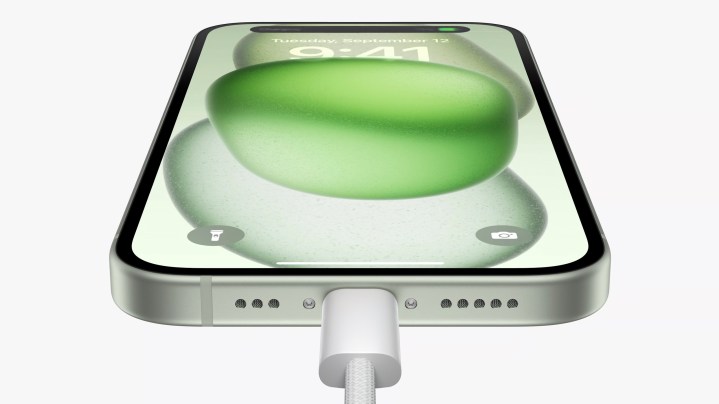
The iPhone 15 doesn’t stop at the Dynamic Island and brighter display when it comes to borrowing things from last year’s Pro series of iPhones. It also gets the A16 Bionic chipset that offers a GPU that is 50% more powerful than before, which should translate to smoother graphics for streaming videos and playing games.
The new processor is also 20% more efficient, but it remains to be seen how it fares in real-world usage – especially because Apple mentions the same numbers for battery life on the iPhone 15 and iPhone 14.
Both iPhones come in three storage variants: 128GB, 256GB, and 512GB. The wireless connectivity options include Bluetooth 5.3, Wi-Fi 6, and 5G. One of the most-anticipated transitions for iPhones has finally happened on the iPhone 15 with the replacement of the Lightning port with USB-C. However, it doesn’t take advantage of the port in terms of speed. You are still limited to USB 2, unlike the iPhone 15 Pro series that supports USB 3.
iPhone 15 vs. iPhone 14: cameras
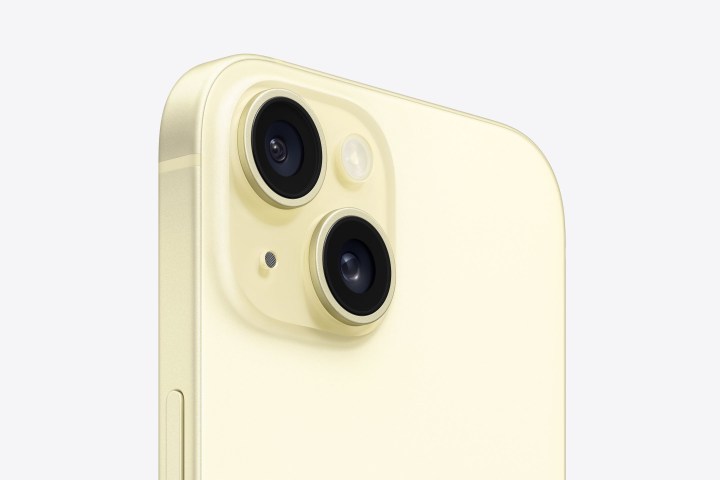
The regular iPhones have stuck to 12MP primary cameras for years, but that’s changing with the iPhone 15. The latest Apple product sports an upgraded 48MP camera sensor that is accompanied by the same 12MP ultrawide-angle lens as before. On the front lies the same 12MP TrueDepth camera, but it offers better HDR.
A new sensor on the back also means new software features. The iPhone 15 offers better 2x zoom and the next-generation Portrait mode, where you can adjust the focus for different subjects, depending on the depth. You also no longer need to switch to Portrait mode to capture portrait photos. The iPhone 15 captures depth information on every photo, so you can turn a regular photo into a portrait via the Photos app on your iPhone, iPad, or Mac. Plus, you get better HDR on the new iPhone.

Video recording remains the same, with options to capture 4K videos at 24 frames per second (fps), 25 fps, 30 fps, or 60 fps and 1080p HD videos at 25 fps, 30 fps, or 60 fps. You still get all the other goodies like Cinematic mode, Action mode, HDR video recording with Dolby Vision, and Slo-mo video support for 1080p at 120 fps or 240 fps.
The camera upgrade on iPhone 15 is a major feature to consider if you are looking to upgrade. We hope Apple has fixed its HDR processing with its new HDR 5 for photos (versus HDR 4 for photos on the iPhone 14), though we’ll need to get our hands on the iPhone 15 before we can confirm if that has (or hasn’t) happened.
iPhone 15 vs. iPhone 14: software and updates

The iPhone 14 came with iOS 16 out-of-the-box, but can be updated to iOS 17, which is what you get with the iPhone 15.
In terms of upgrades, the iPhone 15 is likely to be supported for one more year than the previous-gen product. However, Apple tends to roll out software updates to its devices for around six years, so it shouldn’t be an issue.
iPhone 15 vs. iPhone 14: special features
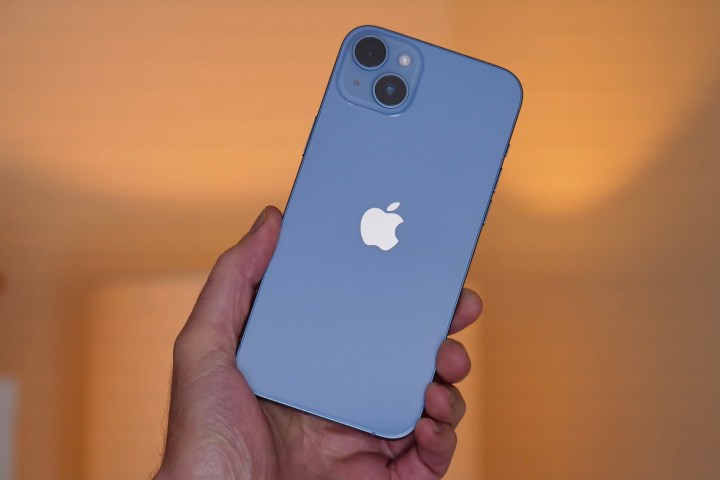
Both the iPhone 15 and iPhone 14 feature Emergency SOS via Satellite for when you are stranded in an area with no network, Crash Detection, and Roadside Assistance via Satellite.
The iPhone 15 features an upgraded second-generation Ultra Wideband (UWB) chip, which will come in handy for more accurate iPhone positioning when trying to look for it via the Find My app. In the U.S., you still don’t get a SIM tray and are limited to using eSIMs.
iPhone 15 vs. iPhone 14: price and availability
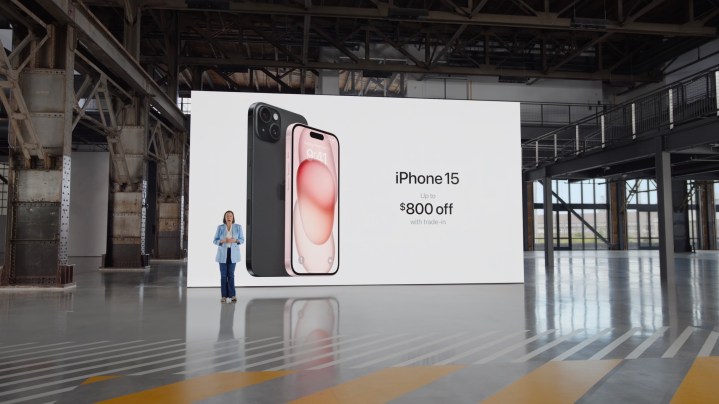
Despite the upgrades, Apple didn’t raise the price with the iPhone 15 . It still starts at $799, with the 256GB and 512GB models costing $899 and $1,099, respectively. The new Apple iPhone will be up for preorders starting September 15 and will officially go on sale starting September 22.
The iPhone 14 is sticking around in Apple’s iPhone lineup, and it now has a discounted starting price of $699 for 128GB of storage. You can also pay $799 for 256GB of storage or $999 for 512GB.
iPhone 15 vs. iPhone 14: is it time for you to upgrade?
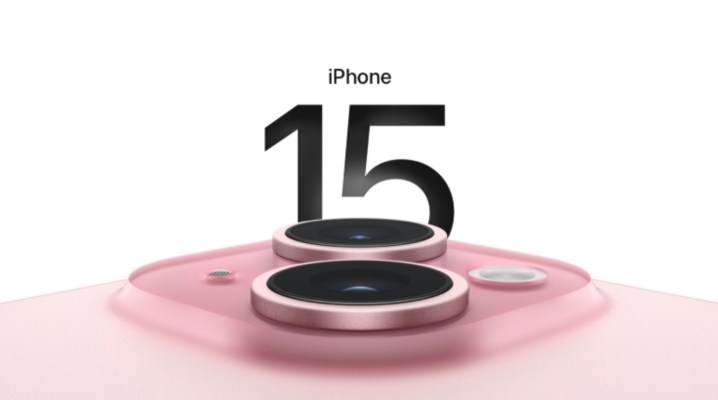
So, what does that mean for you if you already have an iPhone 14? While you probably don’t have to upgrade, there’s a lot waiting for you if you do. The Dynamic Island adds a whole new element of interaction to the phone, the camera should be a noticeable improvement, the brighter display will likely come in handy, and it’s hard to complain about a faster and more efficient processor.
The iPhone 15 isn’t an essential upgrade for iPhone 14 owners, but if you have some cash to spare and like what you see, it’s one of the better year-over-year upgrades we’ve seen in a while.
Editors’ Recommendations

